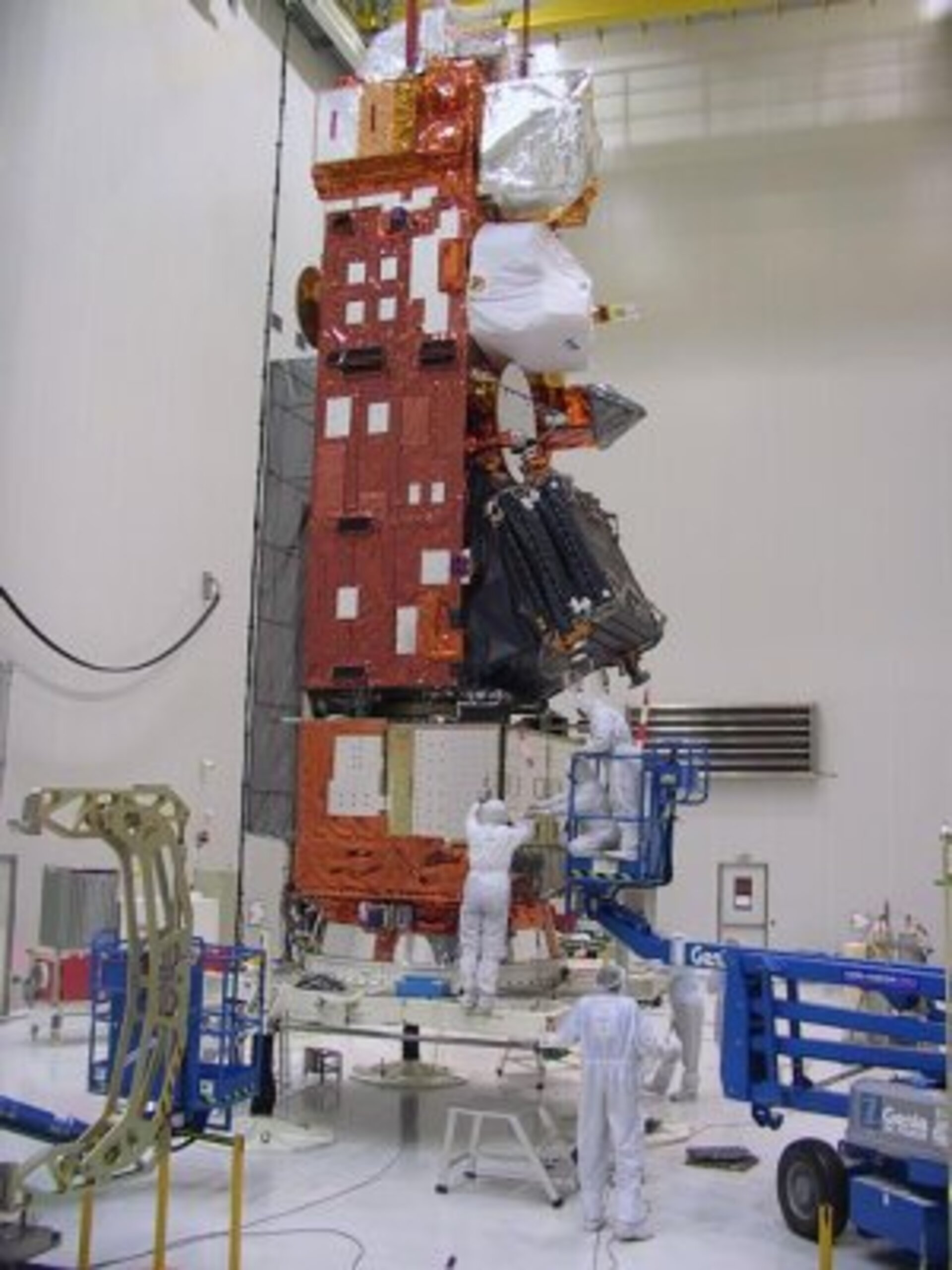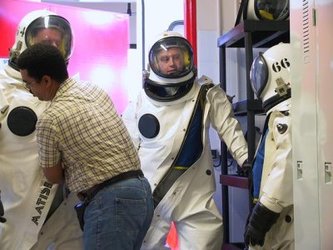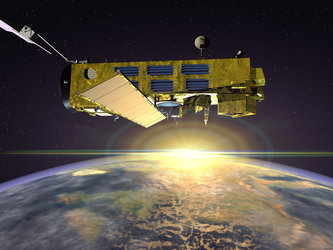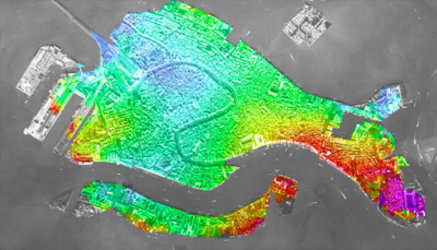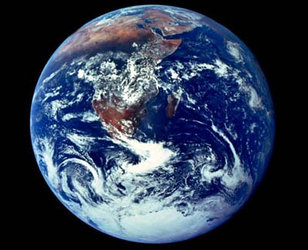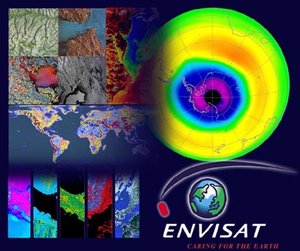Postcards from Kourou
As Principal Integration and Test Engineer at Kourou, Gilles Labruyère oversees the final preparations making Envisat ready for the harsh environment of space. He's also been keeping Europe-based colleagues up to date on activities, with informal daily email 'postcards' along with photographs and self-drawn cartoons, whose subjects range from the state of the spacecraft itself to his exotic surroundings on the coast of French Guiana. Now you can follow his diary with us.
After ten years as part of ESA's Envisat project, it's not surprising that Gilles feels close to the spacecraft about to leave him behind. "I think to myself: that's my satellite, that's my baby!" Gilles said. "After so long working on it, I feel like some part of myself has been transferred inside it."
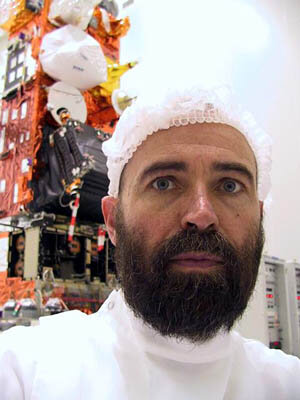
A French national, Gilles graduated from the prestigious Sup'Aéro engineering college in 1979, to commence a 23-year space career. He joined ESA in 1987, and began work on Envisat in 1991. "It was always a big, ambitious mission," Gilles said. "At the time it was planned, scientists were considering planet Earth for the first time as a single inter-related system. Flying ten different instruments together on Envisat, we'll finally be able to observe the Earth that way too."
Over the years Gilles has witnessed the long odyssey of Europe's largest and most complex satellite ever. Envisat gradually took shape at contractor facilities across the continent, before undergoing final integration and extensive testing at ESTEC in the Netherlands. Then it crossed the Atlantic to its current resting place, the satellite preparation complex at Kourou. Here it is undergoing final preparations for its mission, its Ariane 5 rocket waiting nearby. Envisat was built to investigate the environment, but it must be kept safely cocooned from the outside world.
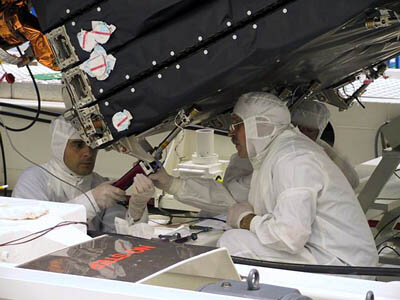
It is located inside a 'clean' room, accessible only by airlocks. Inside this space, temperature, humidity and dust are all controlled within strict limits. "You could compare it to a surgical unit for a patient in intensive care," Gilles said. "Except it isn't bacteria we're worried about. "Temperature has to be fixed, because the instruments have been very precisely calibrated. Condensation from air humidity could short out electronics, dry air may cause static charging, while any dust the spacecraft collects could spoil the reliability of the satellite."

Human beings are another potential source of contamination. "We give off all sorts of organic compounds, in our breath, sweat or perfume," Gilles said. "These can condense on delicate optics and degrade them." Envisat engineers wear all-in-one coats that cover from the tip of their shoes to the top of their heads. They also put on masks and gloves if working in really close proximity to the satellite, while the most sensitive instruments have inert nitrogen gas blown inside them as an extra precaution.
"The team rarely directly touch Envisat in a given day," Gilles said. "I myself have only ever touched it perhaps five times in total."
That doesn't mean Gilles isn't going to miss Envisat when it's gone. He'll continue working on it right up to launch. But for him and his team, the moment Envisat leaves Earth will be a bittersweet moment. "The time after the launch will be the difficult bit," Gilles said. "That's when responsibility for the satellite hands over to the flight controllers at ESOC. For us engineers at Kourou, it will feel like a divorce."
Envisat - the Story so far

Envisat first arrived in French Guiana on 16 May, 2001. It flew inside an Antonov 124, as two separate modules: the service module and the payload module. The two modules were then mated together after being checked to confirm they had not been damaged by the transport. Since then, large components like the antenna of the radar and the solar array were fitted onto the satellite. Since then, smaller components were also integrated, such as the laser retroreflector. Envisat began looking like a real satellite.
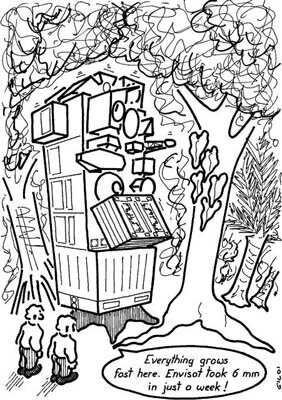
Unfortunately the launch campaign had to be interrupted in Mid-July because of the failure of the Ariane 5 flight 142, with Artemis on board. With Envisat due to fly the next Ariane 5, checks had to be made. The campaign was resumed on 3 January 2002. Arianespace had, by this time, an explanation for the failure and validated corrective measures to ensure it would not happen again.
Envisat was once again checked to ensure that it had not been affected by the six-month storage period. The preparation for the satellite for flight is, since then, progressing according to schedule. The two main activities so far were to prepare the mechanisms for the storage and release of the solar array and the antenna of the radar for the flight. Both have now been completed. You can follow the preparations to come by reading Gilles Labruyere's daily postcards. "I try to send one postcard on each day we work. They are always short and contain text only. They can be about work, our life here or French Guiana in general. I try to write these cards to be understandable by all. But they also go to the Envisat team in the Netherlands and acronyms and incomprehensible pieces of jargon are sometimes the best manner to communicate between us! Forgive me for this, please."


